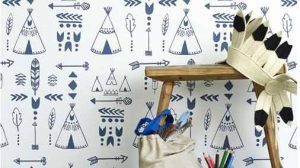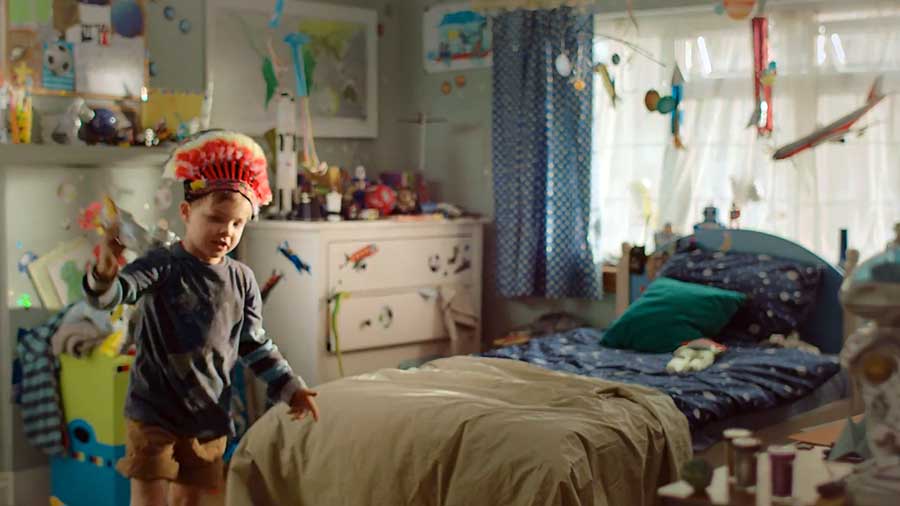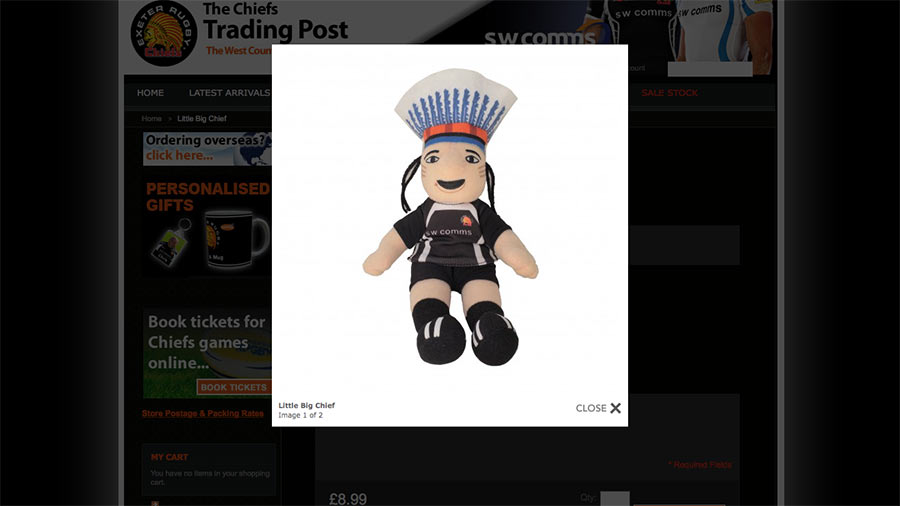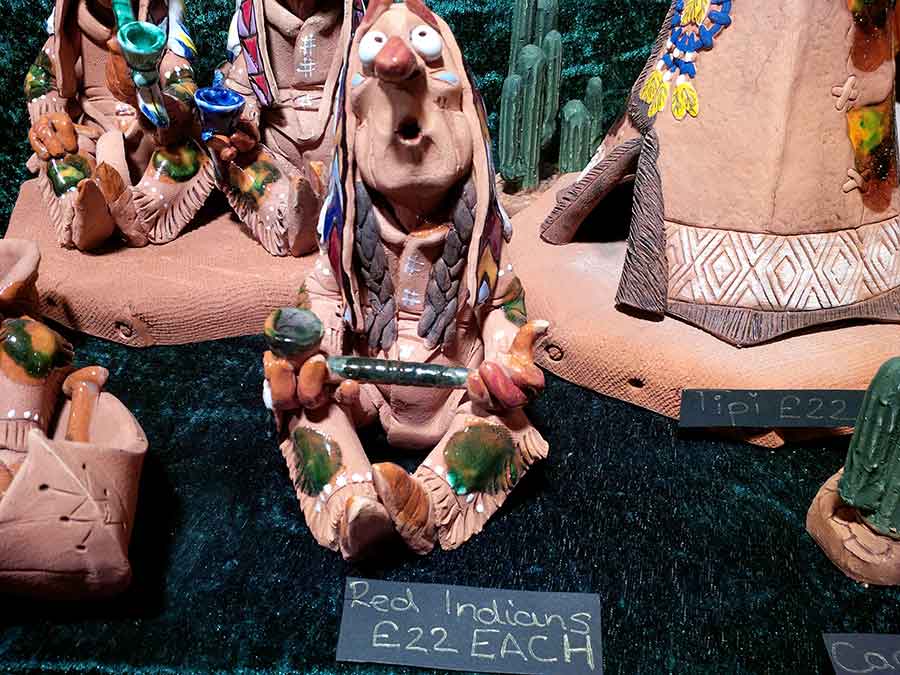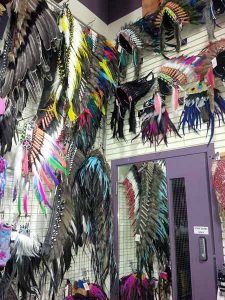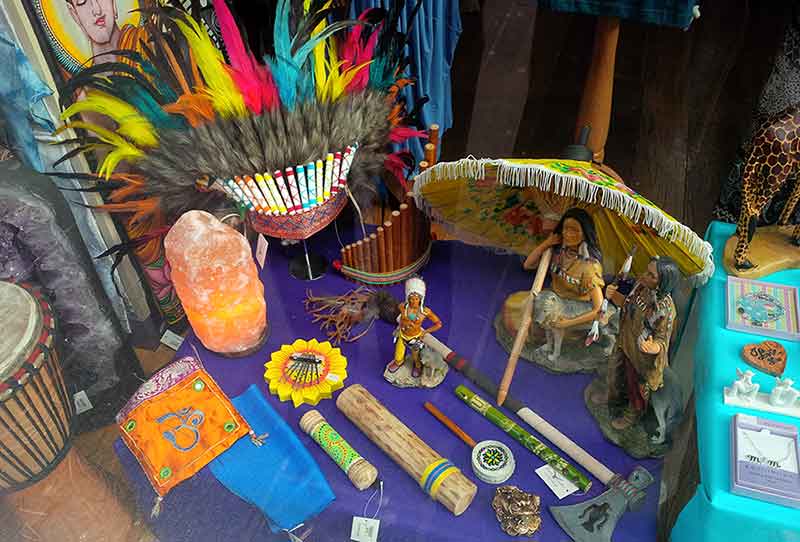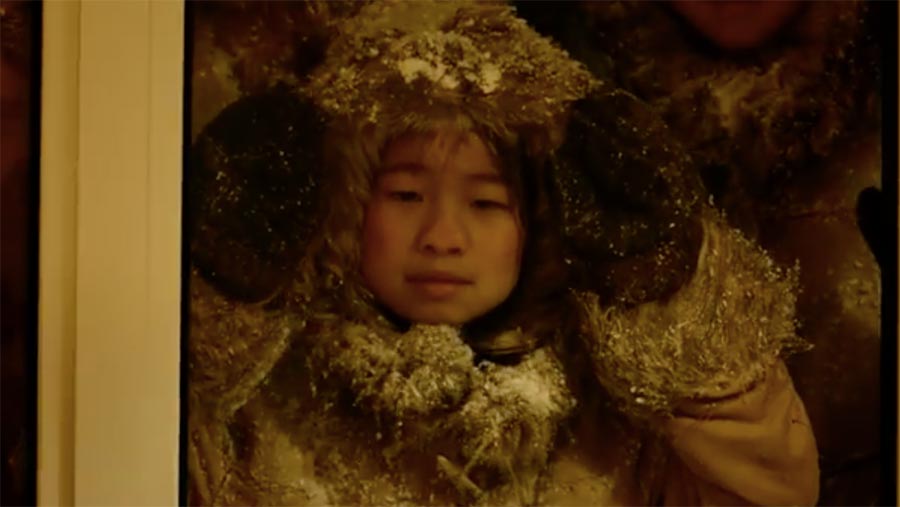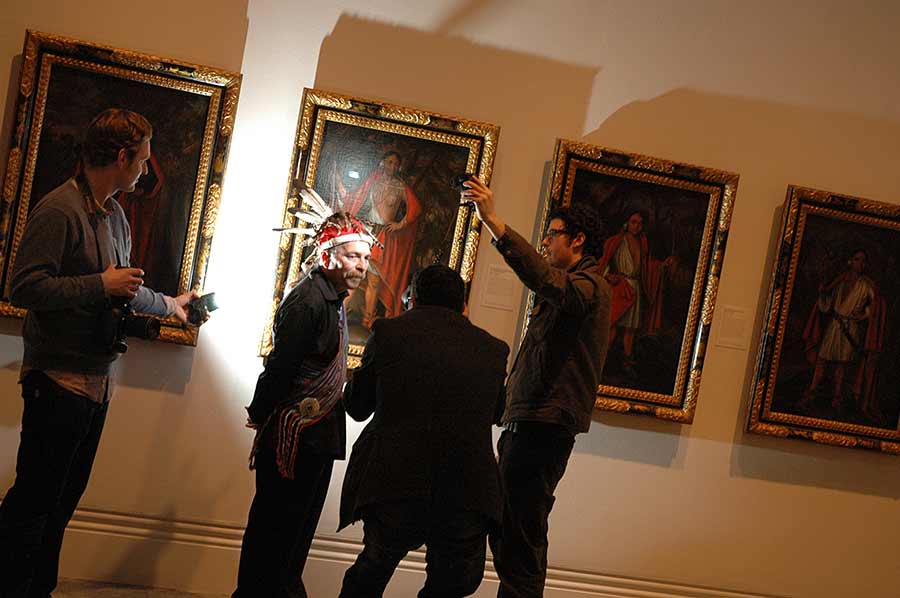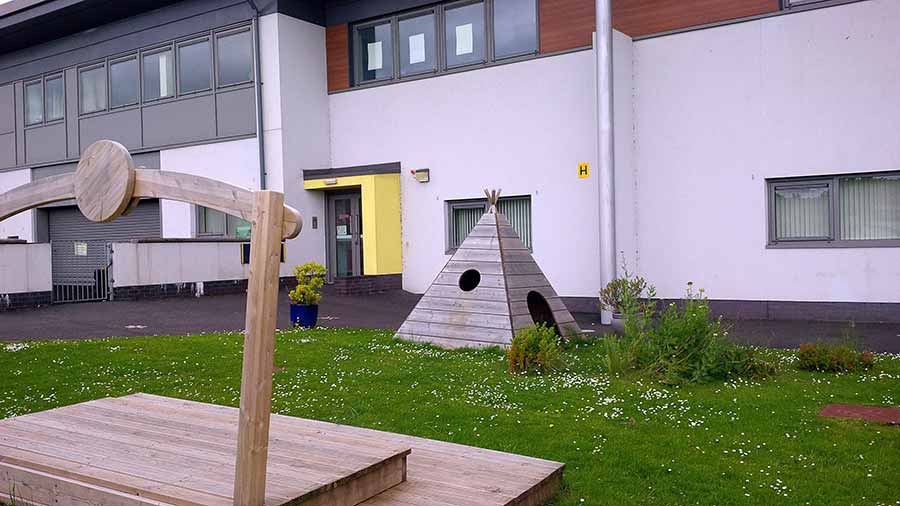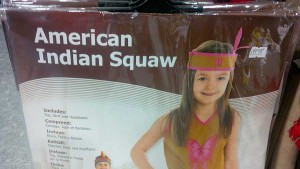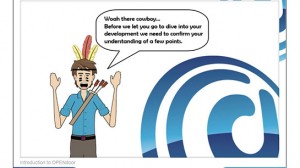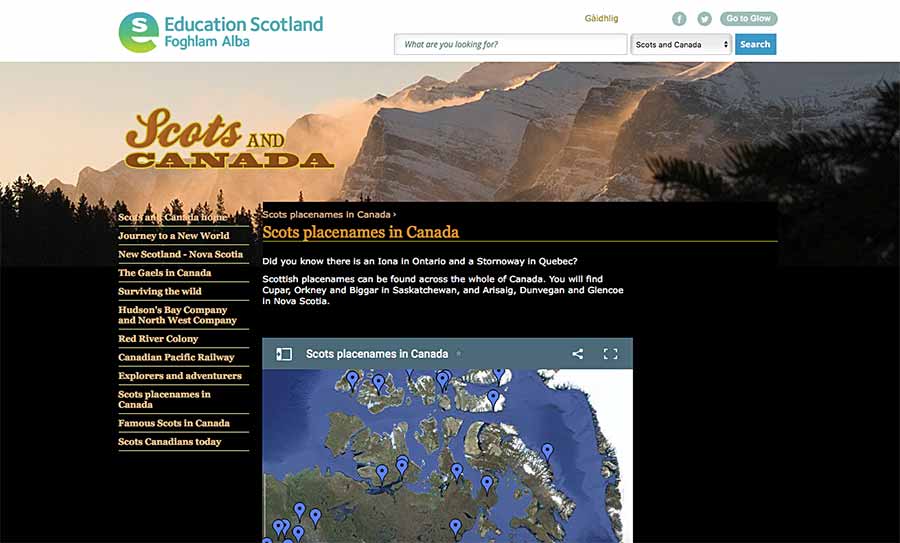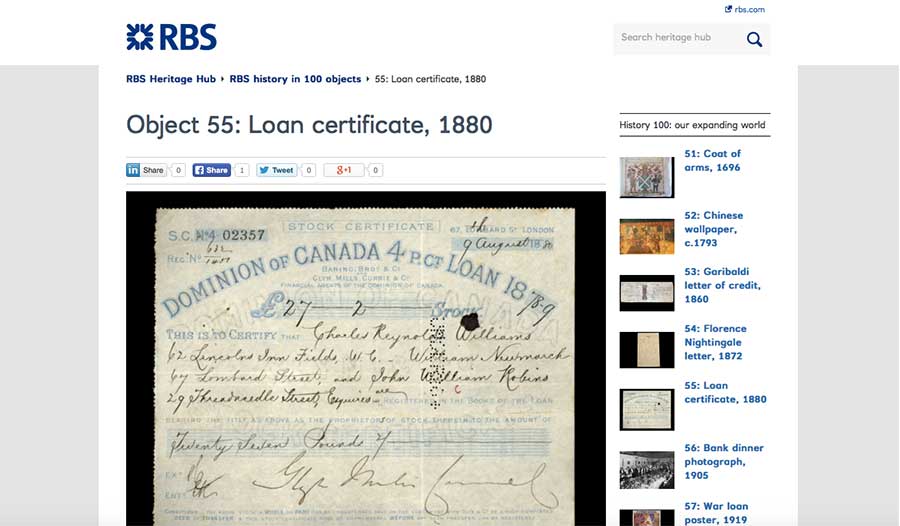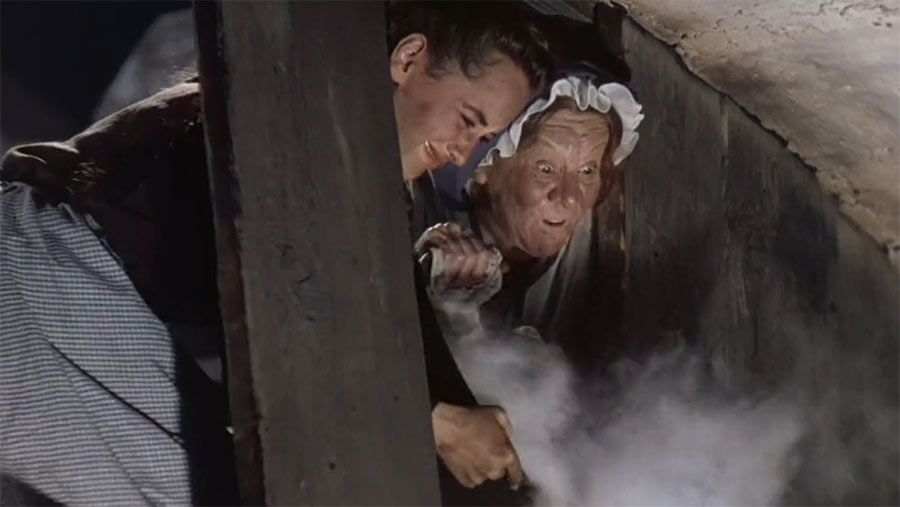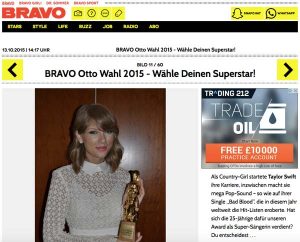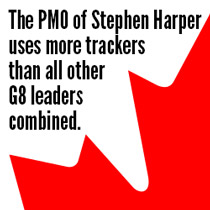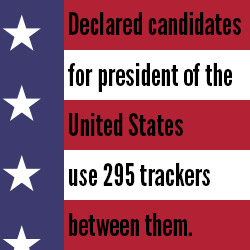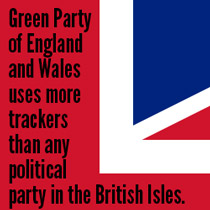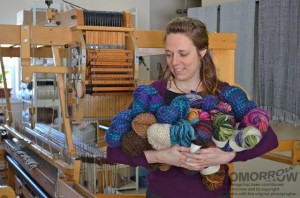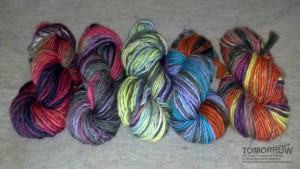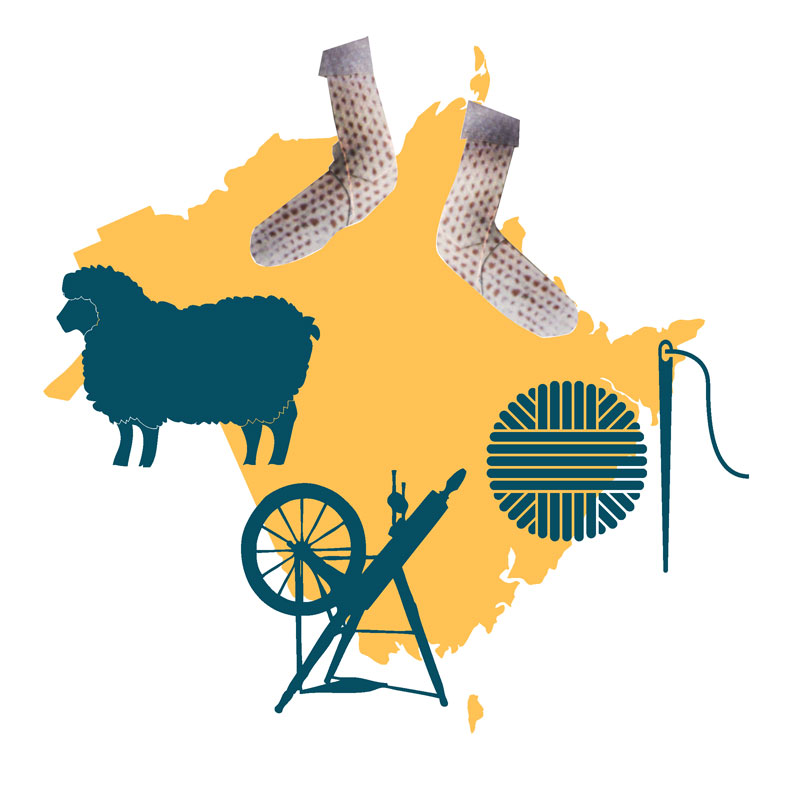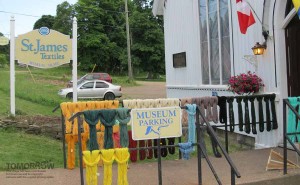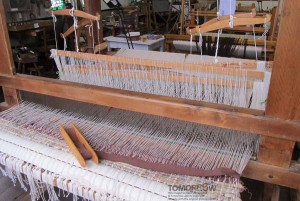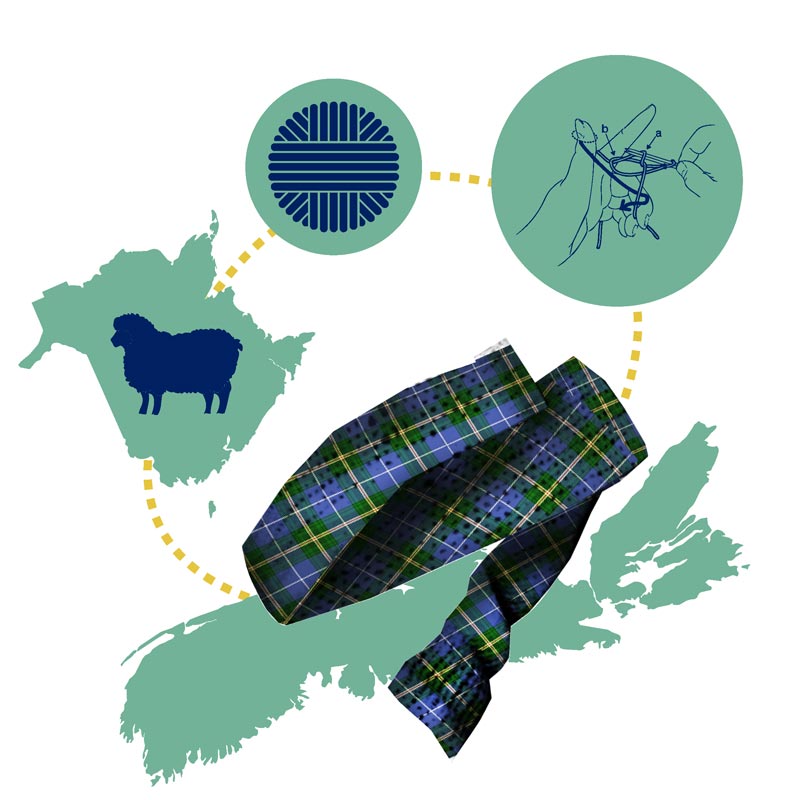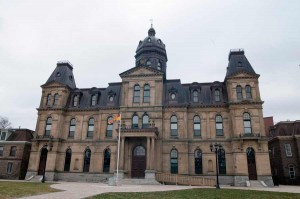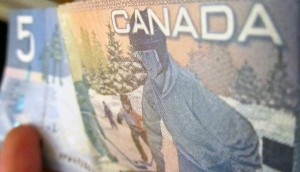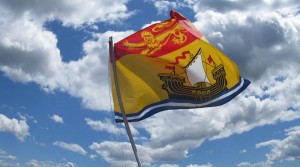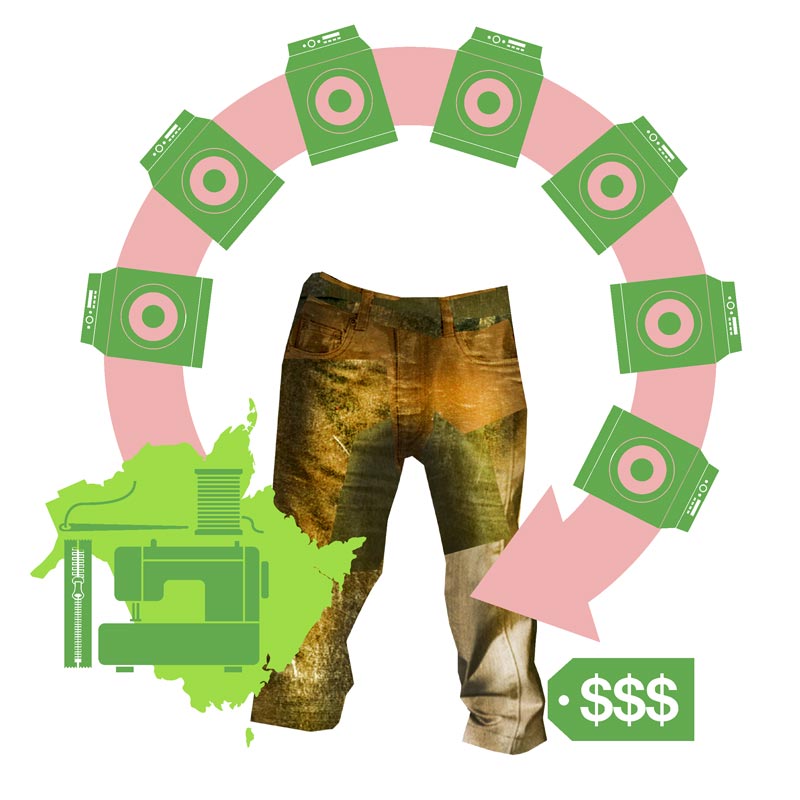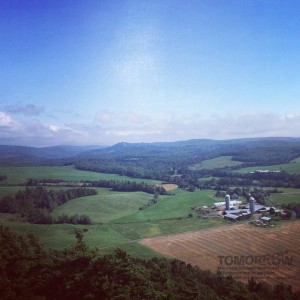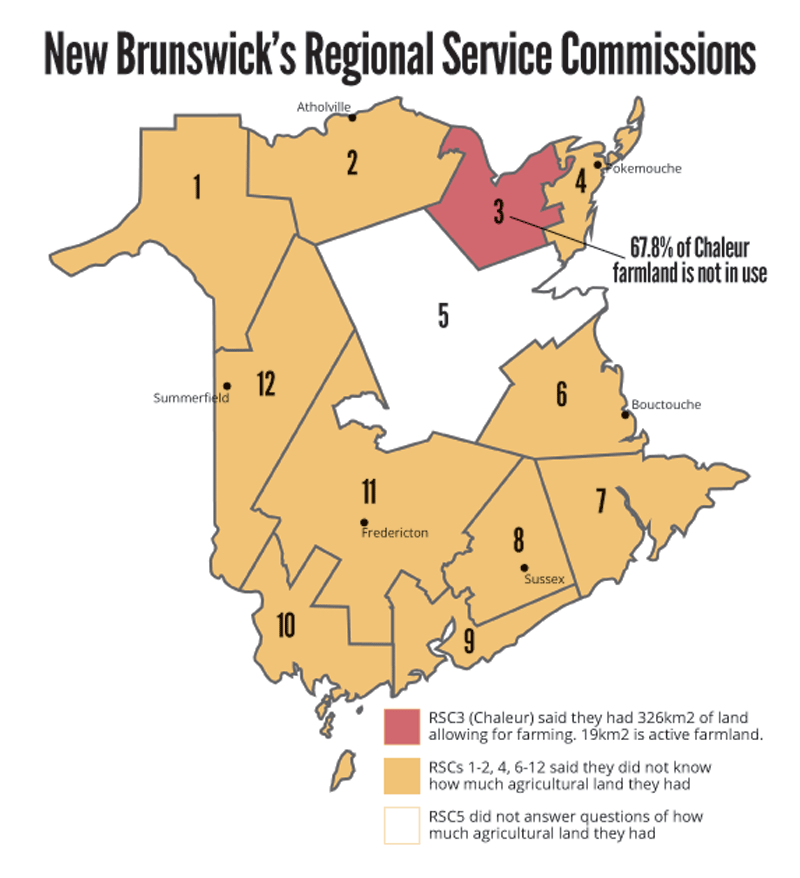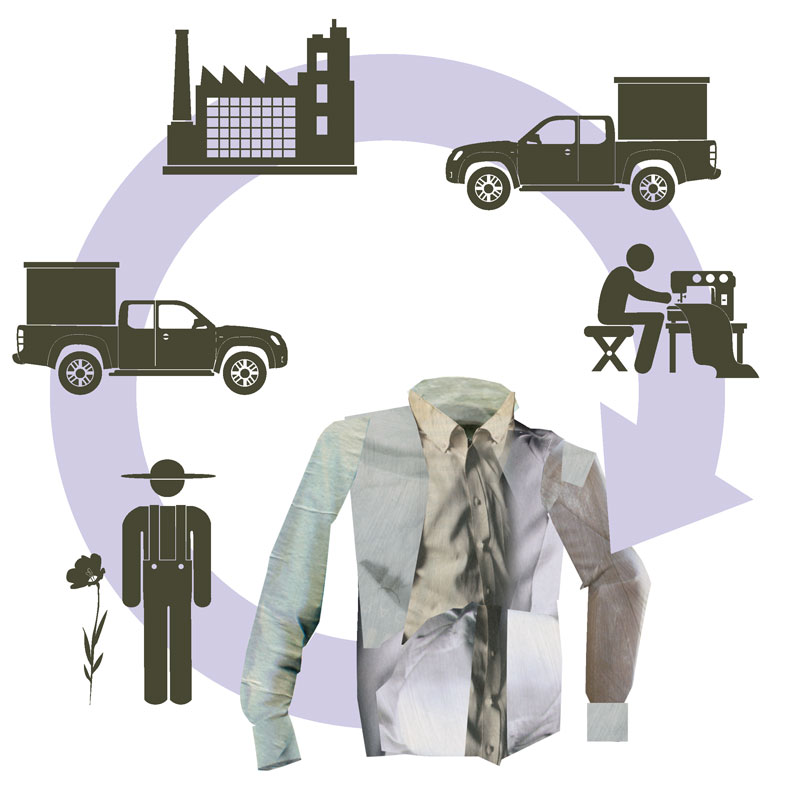This investigation contains words, images and videos which may be offensive to some readers1
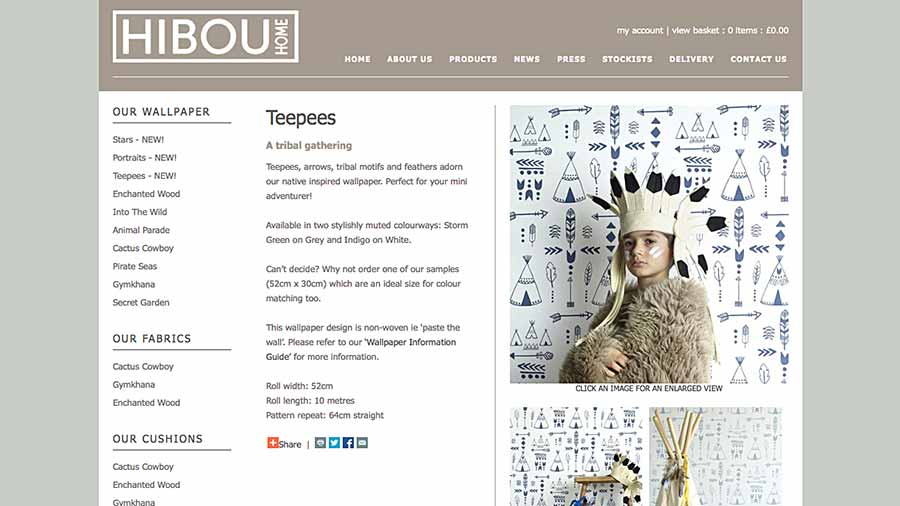
Screen grab of Hibou Home webpage selling “teepees wallpaper”. Creative Commons Attribution-ShareAlike 4.0 International Licence
Covering the walls at £70 a roll
TWO banks, a car rental firm, a pizza company, a rugby team, school playground equipment, a Christmas German market, a wallpaper design. All different, all in the United Kingdom and all making money from using the images of Indigenous peoples of North America.
Tomorrow has collected more than a dozen examples of advertising and products using tipis, feathered headdresses or other aspects to make money.
Ranging from cartoonish figurines of “Red Indians, £22 each” to children’s wallpaper adorned with tipis and arrows at £70 a roll, the imagery is big business.2
Banks, at least one of which helped fund the expansion and claiming of Canadian lands and is now 70 per cent owned by the British taxpayer, use children “playing Indian” to promote their products and services.
Sports teams have made millions off the back of Indigenous names and logos. One has dropped the most offensive term, recognising its “negative or divisive connotations”.
UK branches of major US firms use Indigenous stereotypes to sell business from car rentals to pizza.
Education programmes, schools and teachers can be found mainstreaming the “Doctrine of Discovery”, cultural appropriation and even potentially illegal mockery of Indigenous peoples.
And far-right groups and politicians continue to use similar images and narratives about Indigenous North America to promote racist anti-immigrant policies, mirroring Nazi Germany.
Why is Indigenous imagery so popular for commercial ventures? Why is it more acceptable in the UK? And what role do consumers have in the future of relations with peoples first colonised generations ago and still suffering and dying as a result today?
‘Perfect for your mini adventurer’
In March 2015, a press release trumpeted the latest design from Hibou Home, a wallpaper and fabric firm based in the south-east corner of England.
“Teepees, arrows, tribal motifs and feathers adorn our native inspired wallpaper. Perfect for your mini adventurer!” read the description, with promotional images showing felt headdresses and feather-adorned teepees.3
The “sustainably and ethically sourced” “Teepees wallpaper” sells for £70 a roll ($89USD, $118CAD).4
Chelsea Vowel’s first reaction to the tipi wallpaper was, “I want it”, followed by “Ugh”.
The Métis teacher, author and activist originally from the Plains Cree-speaking community of Lac Ste Anne, Alberta.5
“As Indigenous people, we don’t get to really go out to a store and buy products that represent us in any way,” Ms Vowel told Tomorrow by phone. “And so, unfortunately, we’re stuck with whatever’s out there, the representations that do exist. They’re few and far between, they’re almost always very stereotypical but it’s at least making some sort of nod to my existence.
“And it’s the same thing when looking at buying toys or anything like that. You see a little figurine dressed up as a Native – it’s so rare to see yourself represented that way – that even when you cringe away from it because the portrayal is so awful, part of you is still like, ‘Yeah but it’s still for me’.
“So it’s this very conflicting thing. It’s really just rooted in wanting to see more actual representation, for me, for my kids.
“But the second reaction of course is sort of disgust and despair because it’s always going back to this very stereotypical, Plains, homogenised Native American stereotypes that we don’t really want to perpetuate.”
Hibou Home did not reply to repeated requests for comment.
Ms Vowel said the stereotypes rooted in fictional views of Plains culture are so widespread that even if an Indigenous artist made them, she would be uncomfortable.
“It’s still filling that niche market of the stereotypical Plains Indian,” she explained. “Even if you have a Plains Indian doing it, it’s still just really appealing to that aesthetic. And that is really unfortunate for me because I come from a Plains culture – this is my culture – and so I feel I don’t have the opportunity to celebrate the symbols of my culture because they’ve so been over-exploited, they’ve so been used to homogenise very, very diverse Indigenous cultures.
“And I think eventually, once there’s more awareness, once people are more aware of the diversity of our nations, that that’s not going to be an issue. But that’s an issue now.”
Canada has more than 600 distinct Indigenous nations and at least 50 languages,6 while the US borders contain another 566 “tribal entities” as designated by the US government, and more than 150 languages7 repeatedly suppressed or criminalised and struggling to survive today. Only a handful of nations traditionally used tipis compared to other housing and ceremonial structures.
Artist Shelley Niro8 lives on the Six Nations of the Grand River territory in Ontario. She said examples such as the wallpaper are using child themes to make racism okay. But it could be used positively for learning.
“They’re cartoon images representing another nation and I don’t think we would be able to show those in Canada without some kind of uproar,” she said. “It seems like the people who are marketing that seem to be a little bit behind the times.
“If a child is exploring that, I think that’s fine. But exploration comes from the direction of an adult. I think it just depends on what direction the adult is taking that in.”
Stephanie Pratt is a cultural affairs ambassador for the Crow Creek Dakota based in Exeter, UK, and former associate professor of art history at the University of Plymouth.9 Born in the US, she has lived in the UK for more than 20 years, with a particular interest in depictions of Indigenous figures in art. Over that time in Britain, she has watched periods of appropriation ebb and flow as people test the water. “What if we just use kids?” or “What if we just have it on a little wallpaper for children – that’s going to be ok and nobody’ll notice it, it’s in the background, it’s very small.”
But it’s returned to the mainstream, she said, with examples such as Victoria Secret models in very little except headdresses, musician Pharrell Williams pictured in a headdress on the cover of UK Elle magazine, and the annual issue at music festivals,10 where the Indigenous person is an “envelope in which you can put anything you want”.
“And I am shocked that it has come back so quick from the 1990s and the 2000s where I feel we were much more switched on about what was appropriate and what wasn’t,” she said.
Native ceremonies are run through charity, not profit, said Dr Pratt. And £70 for a roll of wallpaper could pay for weeks of food for a family.
“This whole idea that you would take something Native and then make money on it, is so antithetical – it’s like slapping you twice or three times,” she told Tomorrow by phone. “First we have to look at your crummy things you’ve made in a factory, and then you get to make money off of it and then you get go off and la di da. That’s really, really rude to be doing that right now.
“To see somebody like that making £70 per roll, that’s just … I think it’s just despicable, I really do. I think those people should be educated about it.”
Children – and teams – playing
Hardly limited to wallpaper, appropriation or exploitation of Indigenous culture ranges from TV commercials to school playgrounds.
Headdresses, names and logos have been the subject of high-profile debate in North America, particularly around sports team names, such as the American football team in Washington.11
In the example of the wallpaper, the problem is not just the commercial sale of Indigenous imagery, but children playing with the products without knowledge.
“I do feel there are levels of outrage,” said Dr Pratt. “In one sense, to me, it’s all outrageous because first of all a tipi is a lodge usually associated with ceremony or a person’s lifestyle and their home and something that is very sacred on a number of levels.
“It would be one thing if we were having a day where we were going to study and look at tipis and how to build them and how long it takes to actually put one together. There is a danger there.
“But I think the actual dressing up and the use of logos is probably the most outrageous to me, the most shocking display of almost throwing it in your face that you no longer exist, that it doesn’t matter because, ‘You guys are all gone. We can call whatever name we want because no-one’s going to fight back, no-one’s going to say anything’.
“The [Washington] Redskins are obviously a derogatory term – you can’t dress it up to be anything prettier. Even if people did use red colour dye in their skin and they did use it ceremonially, that doesn’t mean someone can call you a ‘red skin’.”
She continued: “I’ve been called that to my face and I’ve been called it here with people who believe it’s a real thing, like this is a traditional way, ‘You people were called Red Indians’. No we weren’t called, first of all, ‘you people’ and second of all, we weren’t called ‘Red Indian’ – that was a term made up by the British to distinguish us from other Indians, East Indians.”
And names do matter, said Dr Pratt, with an increasing drive to use the real language of the people being referred to.
“There’s a lot of sensitivity on one level and there’s a lot of complete, blatant racism on the other level and it’s really hard to reconcile where we really are with it.”
[Tweet ““To see somebody like that making £70 per roll, that’s just … I think it’s just despicable””]
Professor David Garneau12 is head of the visual arts department at the University of Regina as well as being a Métis artist, painter and writer. He previously mounted an exhibition called “Cowboys and Indians (and Métis?)”, adding in representations of Métis to the two-sided stereotypes. He said the tipi wallpaper is a nostalgic part of that tradition he refers to as “white imaginary”.
“It belongs to a larger class of things, perhaps where you’ve got non-Indigenous folks who are interested in the Indigenous, usually in a nostalgic or not very direct way,” he explained. “So you’ll see items of clothing or things that reference aboriginal folks from the high plains era of the 19th century or something like that.
“It’s clearly playing within white imaginary, which has its own interested charm. It’s not outright offensive, in my view, that kind of thing.”
Prof Garneau said the use of a child playing with a tipi and headdress in a commercial was “probably crossing the line”.
“In terms of children’s play, children will do all sorts of things and they don’t mean offence and they’re trying to engage in imaginative play,” he told Tomorrow by phone. “And yes, the responsible person would situate that play in a larger context. And who knows what they’re acting on or what they know.
“What people do in their private space, like with that wallpaper or I suppose if somebody’s doing a tipi, that’ll take care of itself in the sense that people will ask them questions and they can comment or defend.”
But if there are few or no individuals to police the use of such images and products in the UK, is it an issue? If the depiction is meant to be nostalgic, does that allow British businesses, consumers and governments to abdicate from any engagement with current Indigenous populations on the serious and frequently life-threatening issues they face? Do they even know the different proper names for a tipi, such as mîkiwahp in Cree?13
No businesses questioned by Tomorrow about their ads or products for this investigation confirmed any communication with Indigenous individuals or groups.
Ms Vowel said within the debate about appropriation, Indigenous peoples get sidelined or simply erased as current voices.
“I would remind people that we exist, on the internet, quite a bit,” she said. “There are all sorts of primary sources you can go to, different news organisations, different communities that have launched campaigns to raise awareness about these things. Lots of Native people are speaking for themselves.
“Go hear it from the horse’s mouth. And for some reason people are like, ‘Oh wow! I didn’t even realise that you guys are on the internet.” But we are. Go look at what we’re saying.”
One of those voices on the internet is activist and artist RJ Jones, 23, a Saulteaux-Cree youth living in Ottawa.14 They have used an arrow in the symbol for a previous podcast, an image that represents them in the Plains nation.
In an interview with Tomorrow by Skype, RJ said the examples of wallpaper and other commercial products and depictions in the UK were more likely ignorance than deliberate offensiveness, but all represent misappropriation of culture. It is a Hollywood, simplified view.
RJ said the intention of a parent – for example, “I didn’t intend offence” – wouldn’t matter.
“I definitely don’t think parents are going to actively go out and teach the kids about what it means,” they explained.
“The fact that they purchased the tipi for their kids to play in is already an act of ignorance so that would already tell me that they’re not going to go out of their way to educate them. And to buy that is going to enforce ignorance and a lack of education.
“A lot of people are ignorant but in some ways it’s not their fault. But at the same time, when you’re called out on being ignorant, the least you can do is take responsibility and maybe listen and educate yourself. But that doesn’t happen.
“And I’ve rarely – battling cultural appropriation online for years – seen anyone just be like, ‘Ok, I did something ignorant, I am sorry, I am going to take the steps to educate myself’. It’s more of a, ‘I didn’t do anything wrong, it’s freedom of speech’ and pulling every excuse out of the hat.
“To me, it’s like their intension is never to do the thing that will benefit Indigenous people the most. They want to do whatever benefits them.”
A lifestyle taken
What’s lacking in the use of the tipi image may be a sense of history, not only of Britain’s role in colonialism, but also the people who lived in the structures themselves.
Scott Frazier is Dr Pratt’s Hunka father, both Crow and Santee Dakota, living in the US state of Montana. He insisted to Tomorrow he’s not an elder: “I’m never going to be an elder. No way. I’m going to be a kid all my life. I might be an elder when I’m dead. I think too, you’ve got to have a good message. I used to have messages but I don’t have any messages right now.”
Mr Frazier said Indigenous symbols and images have been used since the two cultures met hundreds of years ago.
And while the tipi might be associated with Indigenous lifestyle, most tribes were out of them by the end of the 19th century.
“That’s an image of serenity and home and being able to move freely,” said Mr Frazier, “and it’s an image we don’t get to have anymore as a lifestyle. It was a very holistic lifestyle, and then it was not.
“I think some people get upset about seeing tipis in non-Indian hands because they feel victimised by the conqueror, colonialism. We haven’t been able to get away from that trauma long enough.
“We’re only about, say, 120 years from the last struggle, but it’s been, for some tribes, 500 years since they were able to practice their culture the way that they have for thousands of years.
“A lot of the use of symbols and mascots and logos get Native people uncomfortable because of the trauma, colonialism, misunderstanding, and losing their culture.
“A lot of us, we’re not in those lifestyles anymore – we’re not wearing headdresses … And most of us live in houses and we’re away from the nomadic or migratory lifestyle that we had.”
Some Britons, however, enjoy the tipi lifestyle denied to others.
The social media “event” of the 2017 Glastonbury music festival in the UK includes a main image of tipis, one with Chief Red Cloud on the side. Some individuals called out the photo as offensive. But one individual claimed he and his friends living in “Tipi Valley” were not “playing at ‘being Red Indians’”. This self-declared “tipi folk” had been living year round in one for 37 years and had been creating a circle at the Worthy Farm, home to the festival, since the 1970s.
He insisted: “We are just trying to live simply, as our own ancestors did for very many thousands of years, in a round house around a central hearth. The tipi is a wonderful dwelling enabling us to do it. Tipi like structures occur in many cultures, though I admit we use a design perfected by Lakotas.
“Cultural appropriation of Native Americans more relates to the misuse of their feathered head-dress,[sic] not to this type of wonderful tent.”15
But Britain’s sale of Indigenous culture is not limited to the “wonderful tent” at festivals or on wallpaper for upmarket children’s bedrooms. The profiting goes further – and children and education are frequently at the heart of the exploitation.
PART 2: Feathers on TV
- Under our core principle to “comfort the afflicted and afflict the complacent”, the balance in this case must fall with afflicting the complacent, who may be otherwise oblivious of how the words, images and videos afflict others. The use of the content is minimised as much as possible while still giving full exposure for the purposes of accuracy and education. ↩
- Tomorrow has chosen to use the “tipi” spelling but the product is referred to as “teepee”. Traditional dwellings should, in practice and where possible, be referred to by local Indigenous names. ↩
- Hibou Home website, initially accessed March 9, 2015, reconfirmed September 19, 2016. ↩
- Exchange rate calculated on December 4, 2016 through xe.com. ↩
- Chelsea Vowel’s website accessed most recently on September 25, 2016. ↩
- The Canadian government department of Indigenous and Northern Affairs states 617 First Nations and 50 languages, as well as Inuit in 53 communities in four territories and as well as individuals living in urban communities or Métis peoples who are outside the government’s “status” designations. Website accessed September 25, 2016. ↩
- “Tribal entities” set out in 2015 list from US Bureau of Indian Affairs, accessed on September 25, 2016. The US Endangered Languages Project lists 167 at-risk languages in the US. Website accessed September 25, 2016 ↩
- Shelley Niro’s website, accessed most recently on September 25, 2016. ↩
- Dr Stephanie Pratt’s LinkedIn profile, accessed more recently on October 15, 2016. ↩
- Victoria Secret models used headdresses at a 2012 shoot, as pointed out on the Native Appropriations website, accessed on October 15, 2016. Mr Williams apologised for the cover after a swift backlash on the cover, as reported widely, including by Rolling Stone, accessed October 15, 2016. The official Facebook “event” page for for Glastonbury 2017 uses tipis for the main image. Accessed most recently on October 15, 2016. ↩
- The name of the team has been designated as racist and will feature in this investigation through interviews and references to teams and decisions. As stated at the start of the feature, the use of offensive terms will be limited where possible. ↩
- University of Regina webpage for David Garneau, accessed more recently on October 16, 2016. ↩
- From Online Cree Dictionary, accessed most recently on December 4, 2016. This is just example from one language and shouldn’t be taken as the only term. ↩
- Artist site for RJ Jones, accessed most recently on December 4, 2016. ↩
- Screen grab of Facebook event page and comment. Site most recently accessed on October 14, 2016. ↩

